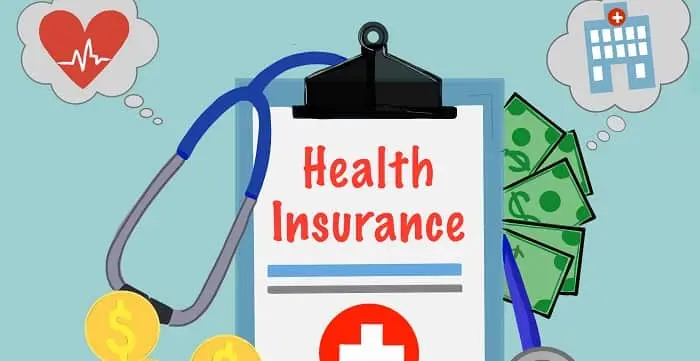Empowering Pharma Communication: The Strategic Role of PowerPoint in Ethical and Compliant Marketing
In today’s pharmaceutical landscape, where communication spans healthcare providers, regulators, educators, and clients, engaging in clear, concise, precise, and impactful communication is essential. It weaves into the fabric of healthcare constructively—avoiding wasted efforts, misinterpretation, or unintended deviations from the core message.
Whether you’re addressing clinicians, policymakers, or end users, how you convey information profoundly influences how your audience understands, trusts, and takes action. When you embrace purposeful presentation tools such as PowerPoint, it transforms from a simple set of slides into a strategic bridge—linking pharmaceutical innovation with informed, confident decision-making.

1. Communicating Clinical Efficiency with Clarity
Pharmaceutical professionals must deliver accurate, fast, and transparent insights about product performance. PowerPoint enables marketers to visualize clinical efficiency with persuasive precision, making it easier to interpret and remember complex data.
Experienced designers in presentation design services employ smart designs that leverage intelligent and strategic applications of visual communication principles and data visualization techniques. Such efforts can help to:
- Present clinical trial results using charts, timelines, and flow visuals with flawless and insightful depiction
- Highlight comparisons with standard treatments using intuitive and crystal-clear infographics
- Show progression from research to outcome through evidence-based and verifiable visuals
With the support of experienced presentation designers, clinical data can be transformed into clear, digestible visuals that follow a logical narrative of storytelling. Their ability to choose the right chart type, color scheme, and slide flow makes it easier to communicate product value without overwhelming the viewer.
2. Strengthening Compliance Through Consistent Messaging
Compliance isn’t optional in the pharmaceutical industry—it’s critical, whether in safeguarding patient care, managing centralized data, or navigating complex regulatory approvals. PowerPoint presentations offer a centralized and controlled format for aligning messages with stringent regulatory requirements.
In this case, design precision becomes just as important as the content itself. A single visual misstep can unintentionally lead to miscommunication or even regulatory consequences. Critical measures that marketers can take to support compliance include:
- Integrate built-in legal statements and footnotes in slides
- Use locked slide templates that prevent unauthorized editing
- Include version tracking for content audits and approvals
However, infusing a meticulously clear and unambiguously accurate presentation requires the support of experienced PowerPoint specialists who help embed compliance directly into templates and workflows.
Presentation experts understand how to create structured layouts that strike a delicate balance between visual creativity and regulatory compliance, ensuring that disclaimers, citations, and brand elements are always placed correctly. That allows marketers to focus on content while minimizing regulatory risk. Additionally, building tamper-proof templates helps preserve approved language and reduce human error without sacrificing clarity or visual appeal.
3. Ensuring Ethical Communication in Marketing
Trust is hard-earned in the pharmaceutical space. Ethical communication means sharing balanced, truthful messages—especially when discussing sensitive or life-altering treatments. Whether detailing how patients can leverage health insurance to balance their medical expenses for critical treatments or transparently outlining the full spectrum of a therapy’s benefits and risks, PowerPoint can help reinforce this trust through thoughtful design.
Some critical points that can help to communicate ethically through PowerPoint include:
- Balance efficacy data with information on side effects and limitations
- Avoid exaggerated claims or fear-based tactics
- Use visuals that reflect real patients and diverse populations
However, expertise is crucial to ensure the meticulous structuring of content with a transparent information hierarchy so that all relevant data, including limitations, is easily discoverable and understandable while maintaining an objective framing to ensure informed decision-making.
Also, presentation experts know how to humanize data. They incorporate real-world imagery, subtle color psychology, and patient-first language that strengthens empathy while maintaining accuracy. Their work ensures every slide aligns with both ethical standards and audience expectations.
4. Educating and Empowering Clients and Stakeholders with Simplicity
Pharma presentations often double as teaching tools. Whether it’s explaining a drug’s mechanism to a physician or outlining pipeline progress to investors, the ability to teach clearly makes a lasting difference.
Practical educational tools include:
- Animated mechanisms of action (MOA) to illustrate drug behavior
- Layered slides for progressive learning during a session
- Interactive questions or quizzes to reinforce retention
When supported by professional designers, these elements become seamless. They provide interactive build-ins, clean motion graphics, and intuitive layouts that make even the densest content approachable—enhancing learning across all audiences, from sales reps to medical experts.
In conclusion, to effectively navigate today’s pharma communication challenges, marketers and educators must blend clarity, compliance, and empathy. PowerPoint remains a flexible and powerful ally with professional build and purposeful usage. However, for consistently impactful presentations, partner with a reliable presentation design agency—one that understands the stakes in the pharmaceutical industry and delivers slides and content that truly resonate.














